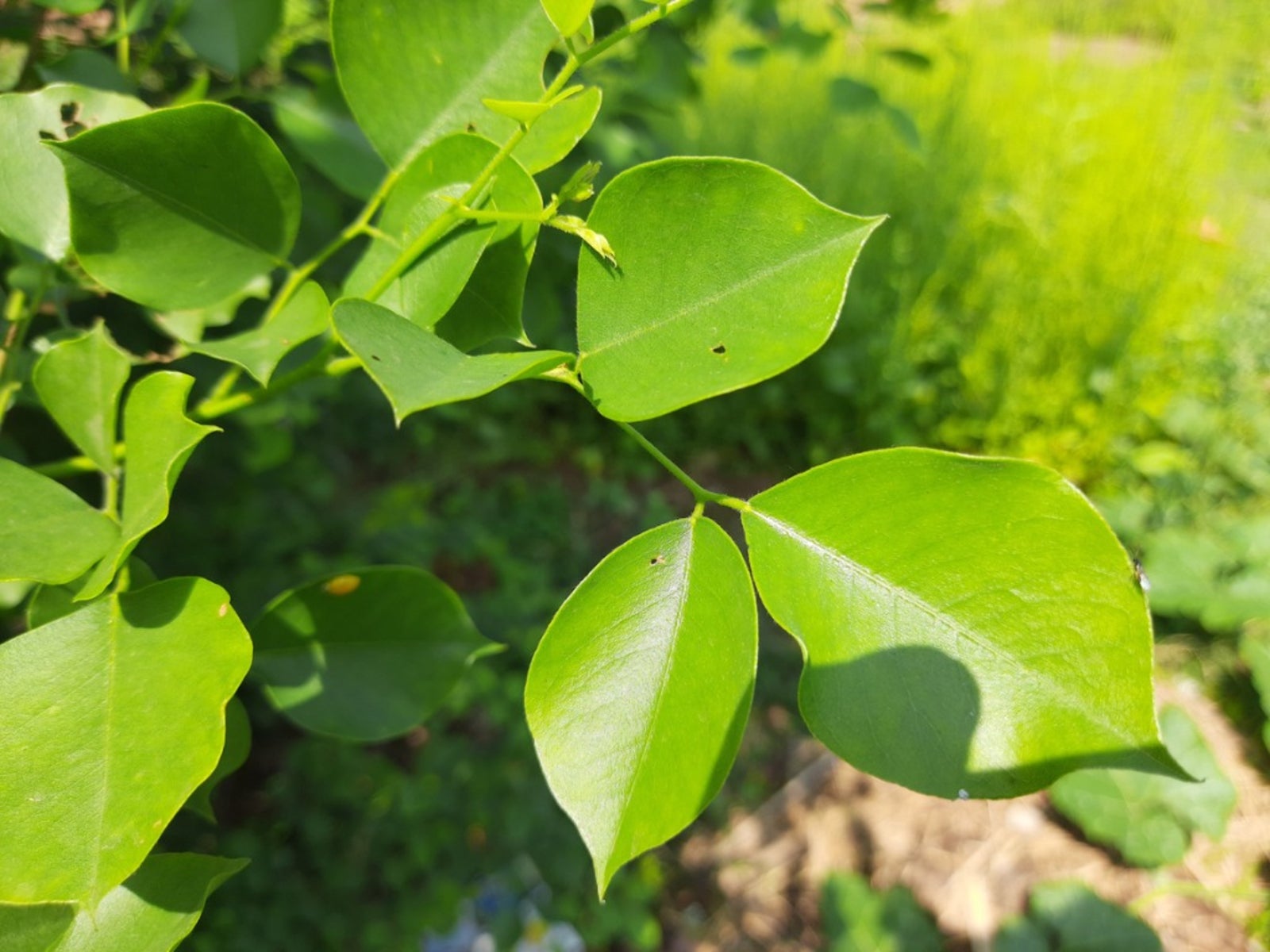Sissoo Tree Information: Learn About Dalbergia Sissoo Trees


Sissoo trees (Dalbergia sissoo) are attractive landscape trees with leaves that tremble in a breeze much like quaking aspens. The tree reaches heights of up to 60 feet (18 m.) with a spread of 40 feet (12 m.) or more, making them suitable for medium to large landscapes. Light green leaves and light-colored bark make sissoo trees stand out from other plants.
What are Sissoo Trees?
Also called rosewood trees, sissoos are grown in their native areas of India, Nepal and Pakistan as an important source of high-quality lumber that is used for making fine furniture and cabinetry. In India, it is second only to teak in economic importance. In the U.S. it is grown as a landscape tree. Sissoo trees are considered invasive in Florida and should be planted there with caution.
Sissoo Tree Information
Young and newly planted trees die when exposed to temperatures below 28 F. (-2 C.), and older trees can sustain serious damage at freezing temperatures. The trees are rated for USDA plant hardiness zones 10 and 11. Sissoo trees bloom in spring with small clusters or flowers at the tips of the branches. These flowers would hardly be noticed if it weren't for their powerful fragrance. Once the flowers fade, slender, flat, brown seed pods develop and remain on the tree throughout the summer and most of the fall. New trees grow quickly from the ripe seeds inside the pods.
How to Grow a Sissoo Tree
Sissoo trees need full sun or partial shade, and will grow well in almost any well-drained soil. They need deep irrigation on a regular basis in order to develop a dense canopy. Otherwise, Dalbergia sissoo trees produce sparse shade. These trees develop iron chlorosis, or yellowing leaves, due to lack of iron uptake in alkaline soils. You can treat this condition with iron chelate and magnesium sulfate fertilizers. Citrus fertilizer is an excellent choice for routine fertilization. Although sissoo tree care is easy, it has a couple of drawbacks that add to your routine landscape care. The tree develops thick surface roots that make mowing the lawn a challenge. These roots can lift pavements and foundations if planted too close. Sissoo trees also produce a lot of litter. The branches and twigs are brittle and often break off, creating a mess to cleanup. You will also have to clean up falling seed pods in autumn.
Gardening tips, videos, info and more delivered right to your inbox!
Sign up for the Gardening Know How newsletter today and receive a free copy of our e-book "How to Grow Delicious Tomatoes".

Jackie Carroll has written over 500 articles for Gardening Know How on a wide range of topics.
-
 5 Tough Urban Trees That Thrive In Cities – Top Picks For Urban & Suburban Landscapes
5 Tough Urban Trees That Thrive In Cities – Top Picks For Urban & Suburban LandscapesExplore the best urban trees that will add value to even the most challenging of landscapes. Get growing with these ideas and enjoy all the benefits of trees.
By Teo Spengler
-
 7 New & Improved Cultivars Of Old-Fashioned Plants – These Aren’t Your Grandma’s Plants!
7 New & Improved Cultivars Of Old-Fashioned Plants – These Aren’t Your Grandma’s Plants!Old is new again! These old-fashioned plants have new cultivars that are sure to thrive in your garden and bring the charm factor. Neighbors will be envious!
By Mary Ellen Ellis